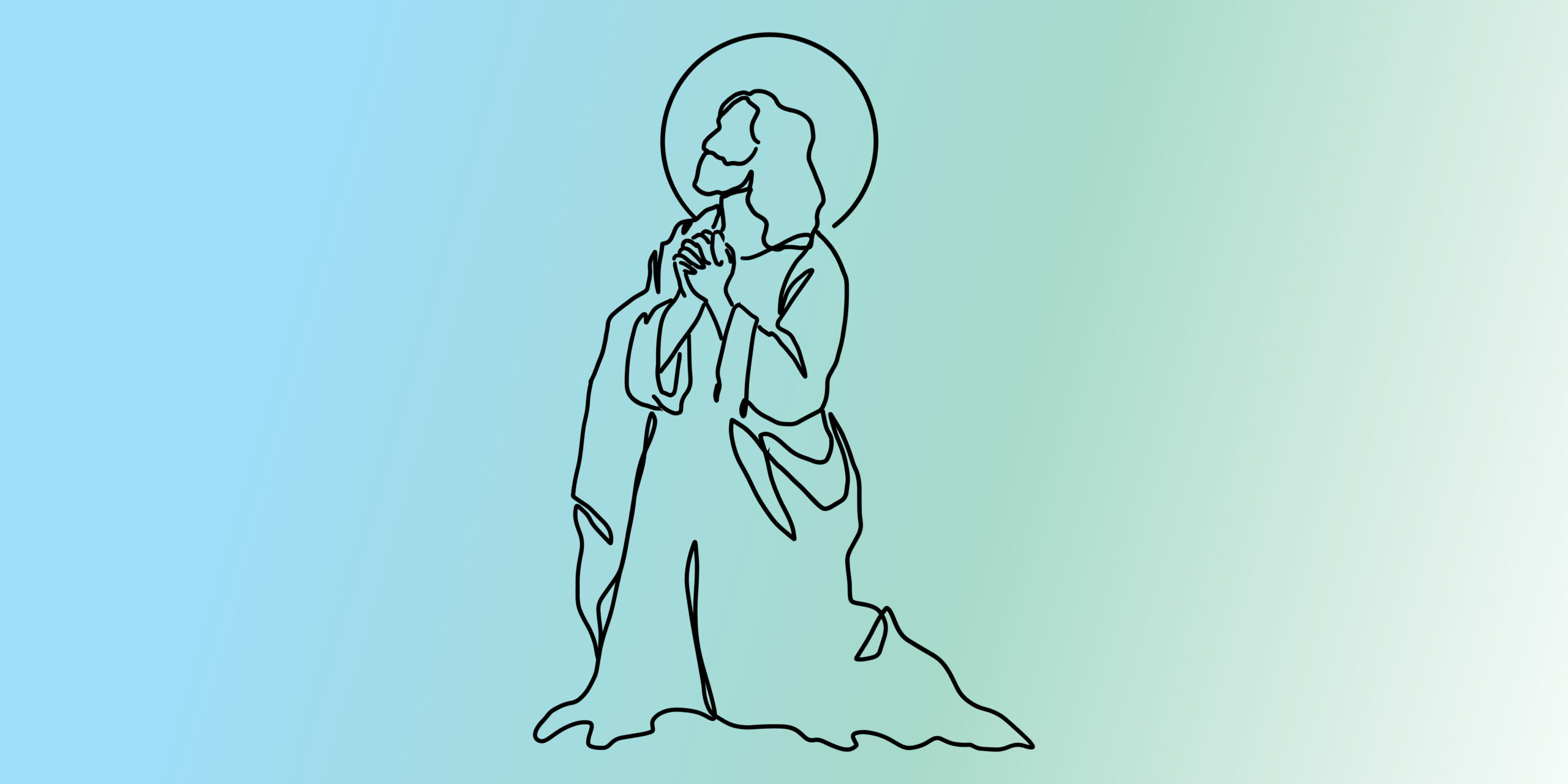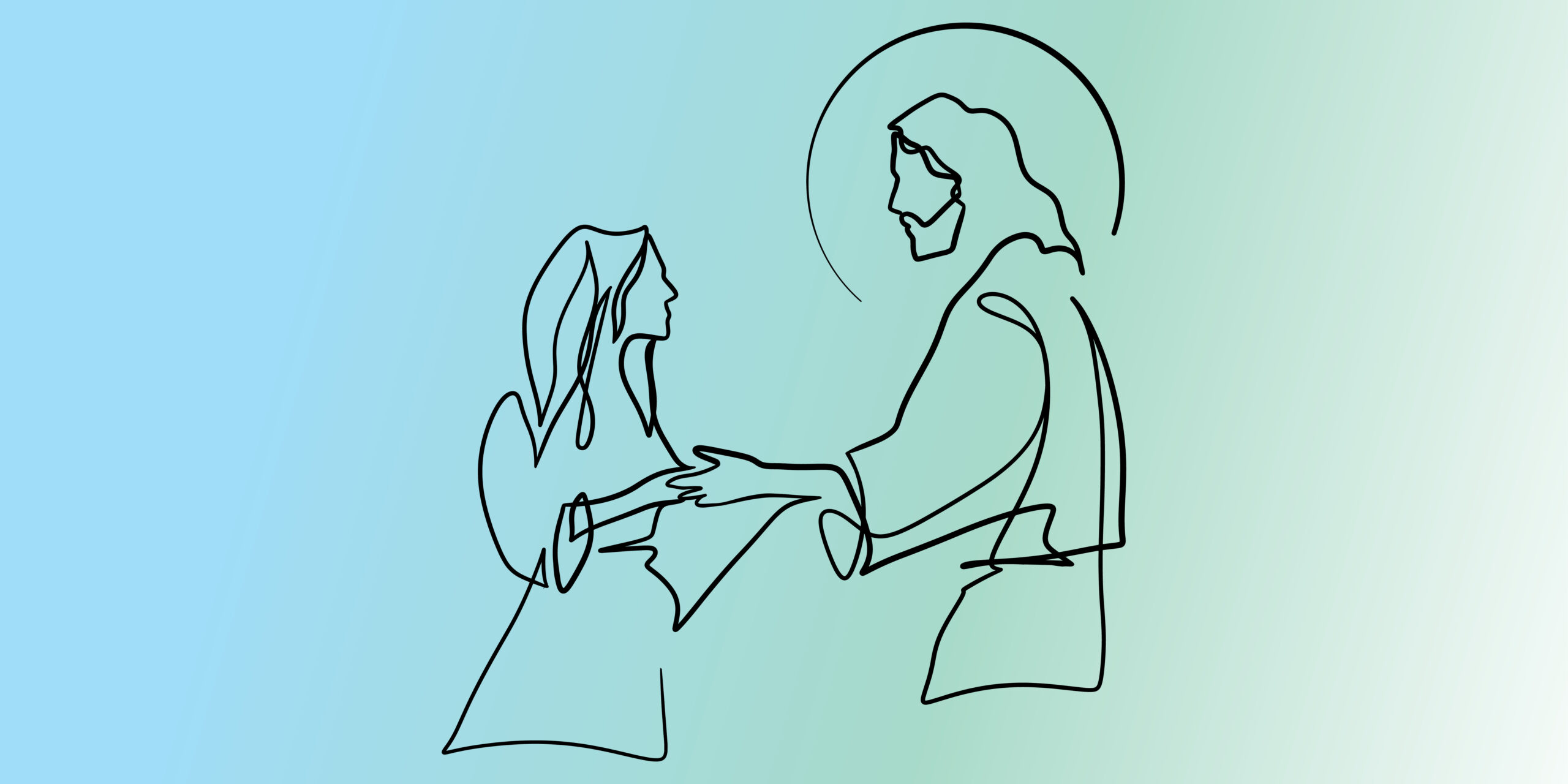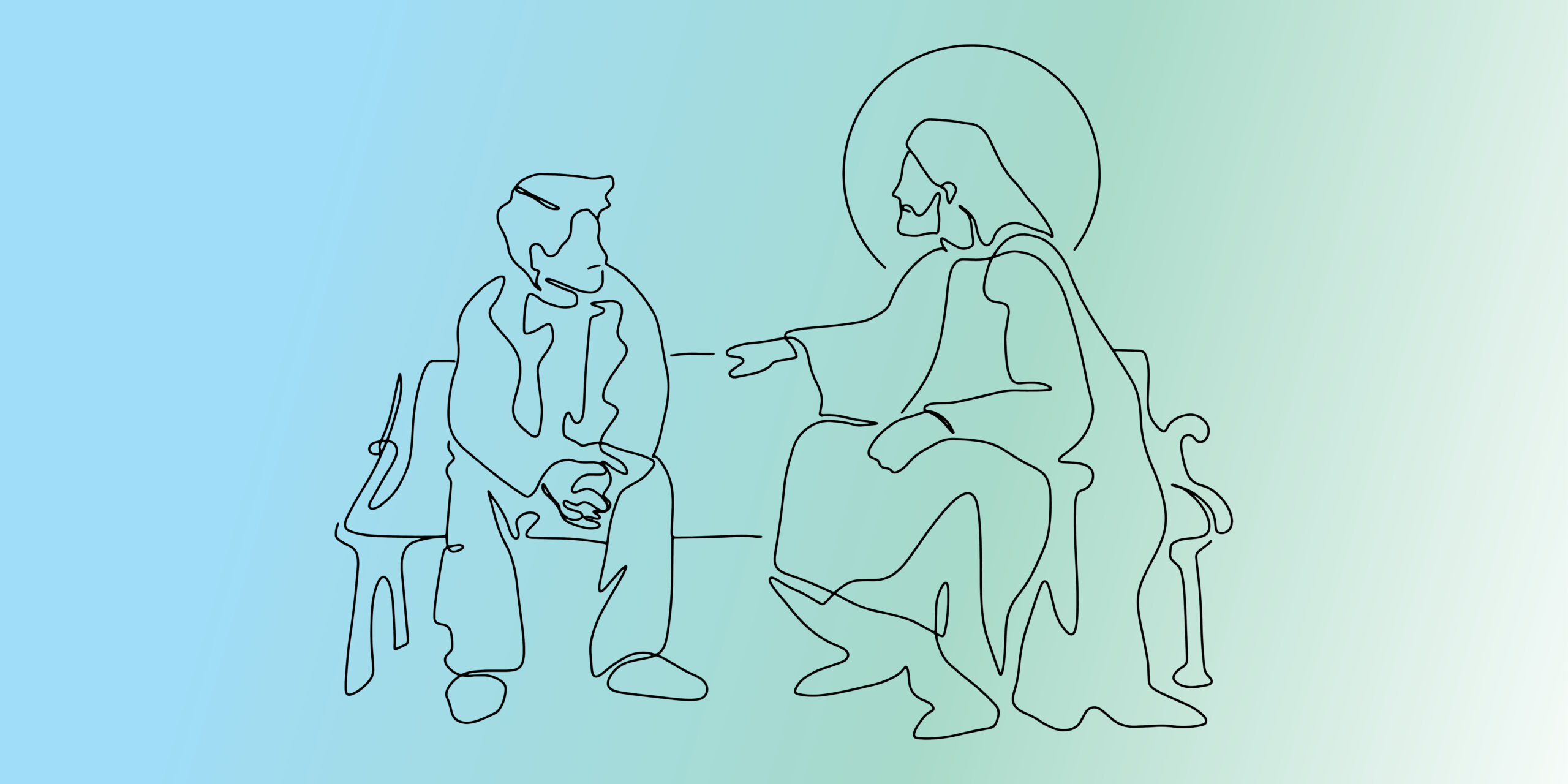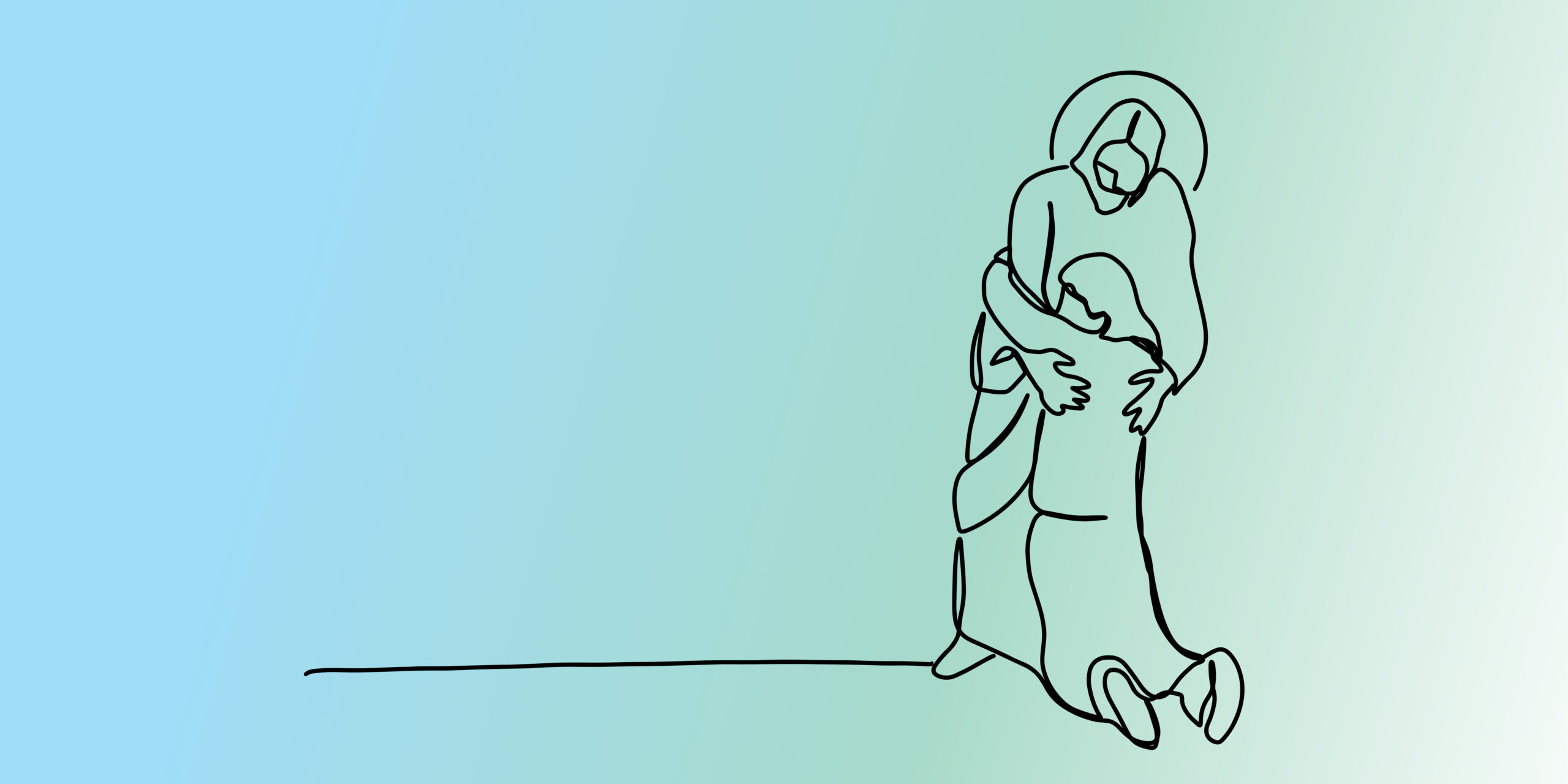Originally published in the GIA Quarterly, Volume 35, Issue 3
At Home on Nochebuena
WHEN IT COMES TO PLANNING MUSIC, it never feels good to be without a church home, especially on Christmas. Rarely is it the case when I don’t have somewhere to be and something to do there, but all of us working in music ministry know that that is not necessarily synonymous with “home.” But we do our best to make a home in our hearts, hoping to catch a glimpse of that Christmastide glimmer in the raised voices of all who have come home for the holiday, the anxious children gazing toward the stars, the added fullness of our pews, our song lifted a little higher. There is plenty of joy to harvest there, alongside the expectant longing that accompanies so many of us this season.
Just a week before Christmas, I made my first visit to the nearby Migrant Ministry, set up after busloads of immigrants poured into asylum cities across the country. Since Chicago opened its doors as a refuge, an influx of about 27,000 asylum seekers have made the journey here, often landing on our frigid streets with little but the clothes on their backs.
The city and state have set aside financial resources to assist, but with so many people all at once, the structure to disperse the funds and to organize the basic necessities and donations is often lacking, unable to respond as urgently as the needs arise. There are children arriving with no shoes. Mothers whose arms are weak from carrying their children, clinging to what matters most across the hundreds and thousands of miles in search of safety. Families who step off a bus and into migrant facilities that have no one or nothing to offer for warmth or food. Many of these seekers get word that there is a place, just west of Chicago, called Oak Park. There is help there.
A COMMUNITY OF GOODWILL
As I walked into St. Catherine–St. Lucy’s Catholic Church, I knew immediately that this was a different kind of sanctuary. There were children playing on blankets sprawled across the floor of the narthex. A side altar had been converted into a shoe store, sizes arranged in order tenderly alongside the Blessed Mother. The transepts were roped off with caution tape, protecting bags of clothes and other items awaiting their new owners. A long line of people funneled into the room opposite the sacristy to choose winter coats that had been piled high on four long tables. I was told the tables would be completely empty before the morning was over, as the need for warm coats seemed endless.
My host for the morning, Matthew Brophy, a local pastoral minister, chaplain, and former neighbor of mine, gave me a thorough tour of the facilities. I met Fr. Carl Morello, pastor of St. Catherine–St. Lucy and St. Giles, which is a newly created parish with two campuses and church buildings.
Additionally, he was named pastor of a second parish, Ascension and Saint Edmund, which also has two campuses. Since he didn’t need two locations to live, he had allowed for the rectory to be completely turned over to the needs of this traveling community: The pastor’s kitchen now ushered in a cycle of hungry visitors, grabbing a hot breakfast from large aluminum pans. The showers in the rectory made it possible for 500 or more people to attend to their hygiene each week. The pastor’s suite was now a shopping center—one room for received donations, one room for folding and size sorting, and another with bins of sorted, clean clothes, ready for the taking. Toiletries and feminine products lined the walls that likely once showcased ritual books, relics, and other blessed sacred objects.
Just outside the pastor’s suite, local doctors and medical professionals freely donated their time to tend to basic concerns: a stomach bug, a chicken pox outbreak, a recommended course of action, a comforting reassurance. They were aided by the financial resources of city and state, yes, but as it was told to me, all the wheels of this well-oiled machine were made real because of a group of moms with a Google spreadsheet. A community of goodwill that saw a need, who stepped in. A collective of retirees who knew there was more to give, who found their life’s next mission here.
LIVING AN INCARNATIONAL JOURNEY
This is church. This is church how I had never seen it before but how I had always hoped it would be. I was at once angry with myself for not knowing what had been just blocks from me for months and also deeply proud of my Catholic identity. While many of our news feeds have blasted a lament about clustered 5
or shuttered churches, here was one that was transforming its sacred space into a life-giving, life-saving oasis.
Padre Victorrio, another local priest accompanying this community, told me that there would be a Mass in Spanish on Christmas Eve. Do you need music? I asked.
I was grateful that the assembly of a worship aid came back to me like riding a bike. It’s been a minute since I’ve ministered with a Spanish-speaking community, but those formational days of my teenage years left an indelible mark on my person. As I assembled binders and folded worship aids, I realized: this feels like coming home.
In many ways, I lack the words to describe what it was like to be at worship with these holy people. The crowd was small, as the ad hoc liturgy had only a little time to be advertised. Small, yes, but mighty, dripping with symbolic language and theological significance to be on an Incarnational journey with those in search of home and safety.
Padre Victorrio allowed those gathered to offer their own intercessions, during which pleading for family members left behind and remembrances of those gone before us poured out of the hearts of those weeping on their behalf. At the signo de paz, I approached a young girl, just four or five years old, dressed in Christmas jammies and wearing a tiara, likely early gifts of her sponsor family. She so reminded me of my little one. I slipped the sparkling piece of costume jewelry off my wrist and onto hers. “Este es tuyo. La paz, mija.”
The moments of quiet held us in silence more profound than the simple stillness of a cold night. This was the quiet of a God who is listening. In this silence dwelled the wordless but bold utterance of belonging, in spite of human circumstance. And the music making—these songs gave us a place to stand together, a common ground and recognition. A lifted brow wondering where and how our life’s experiences might have brought us to sing the same melodies. A common ground amidst so many apparent distinctions. We met there together, in the stillness and the music on a cold winter’s night, and found a resting place.
I got to be there. I got to sing with those to whom God is nearest. And though this is not the time of year you might expect to hear a Christmas story, that work of incarnational love and recognition is making music all around us, all the time. We get to show up, for the song and the silence, and let it inform us what is ours to do next. We get to claim that inheritance of melody and tradition that declares that all of us abide with God, and God with us. Let that be our joy. Let that be our home.
If you would like to assist our local community in caring for our neighbors, visit http://www.stgilesparish.org/migrant-ministry/ to find out more.
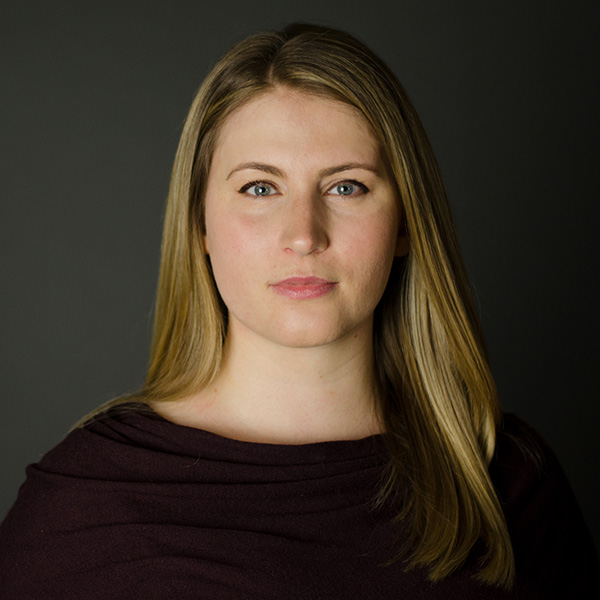
KATE WILLIAMS is vice president of sacred music at GIA Publications, Inc. She serves as workshop leader, consultant, and music minister in the Archdiocese of Chicago.

